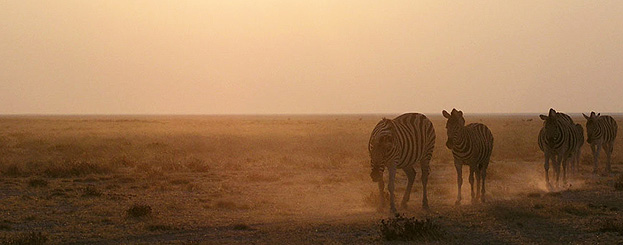
VISIT THE NEW TBCSG YOUTUBE CHANNEL https://www.youtube.com/channel/UCngSNLDn_iucw87xtQHQ43w
! If the above link is not clickable, copy and paste it into the address bar of your web browser !
Common stages of a transboundary conservation process are shown in the following table. Elaboration of a transboundary conservation process, from the initial stages through management and governance and including monitoring, is available in ‘Transboundary Conservation: A systematic and integrated approach’ (Vasilijević et al., 2015).
|
WCPA’s Framework |
CONTEXT AND PLANNING |
INPUTS AND PROCESSES |
OUTPUTS AND OUTCOMES |
|
|
Stages |
DIAGNOSE |
DESIGN |
TAKE ACTION |
EVALUATE |
|
Goals |
Determine the need for transboundary conservation |
Match the process to the situation |
Secure resources and implement actions
|
Learn and adapt
|
|
Step 1 |
Identify if there is a compelling reason to act |
Determine who should lead the effort |
Assess the capacity to implement plans |
Assess progress and outcomes |
|
Step 2 |
Determine if there is a constituency for change |
Mobilize and engage the right people |
Develop an action plan
|
Determine if there is a need to continue |
|
Step 3 |
Estimate the scope of the issue |
Define the geographic extent |
Secure financial sustainability |
Adapt the management and action plans |
|
Step 4 |
Estimate the capacity to work across boundaries |
Negotiate a joint vision and develop management objectives |
Implement the plans
|
Communicate progress |
Source: Vasilijević et al. (2015); Adapted from (McKinney and Johnson (2009)







